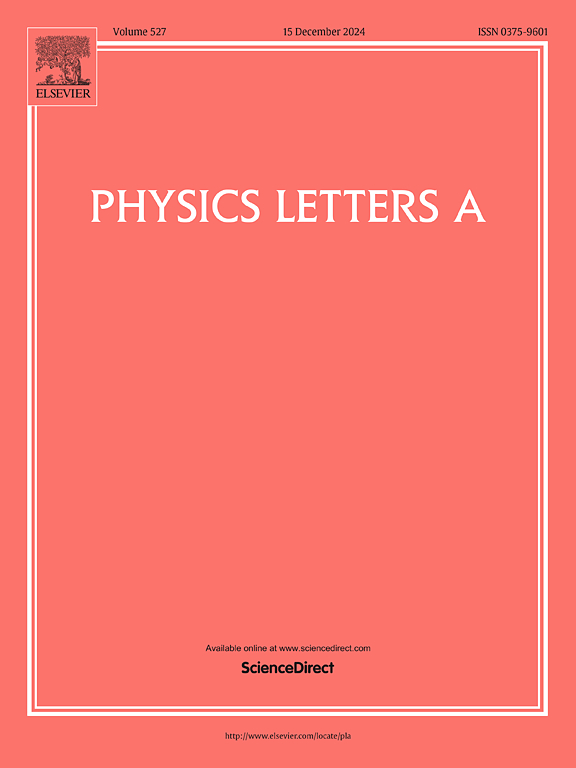通过掺杂工程实现透射模式砷化镓光电阴极的不同内置电场:设计与建模
IF 2.3
3区 物理与天体物理
Q2 PHYSICS, MULTIDISCIPLINARY
引用次数: 0
摘要
为了提高用于光电领域的透射模式砷化镓光电阴极的发射性能,人们为砷化镓发射层设计了不同的指数掺杂结构,以产生不同类型的内置电场。这些内置电场包括恒定电场、递增电场和递减电场,有助于光电子向发射面的传输。通过使用有限差分法求解一维连续性方程,得出了三种指数掺杂砷化镓光电阴极的电子浓度分布和量子效率。同时,利用有限差分时域法模拟了发射层的光吸收分布。通过比较光吸收分布和电子浓度分布,得出结论:在三种指数掺杂结构中,产生不断增大的内置电场的指数掺杂结构具有最充分的长波光吸收能力和最强的光电子传输能力,从而获得最高的量子效率。这一理论研究有助于理解通过掺杂工程改善砷化镓光电阴极光发射性能的机理。本文章由计算机程序翻译,如有差异,请以英文原文为准。
Different built-in electric fields for transmission-mode GaAs photocathodes through doping engineering: Design and modeling
In order to enhance the emission performance of transmission-mode GaAs photocathodes used in optoelectronic field, different exponential doping structures are designed for the GaAs emission layer to generate different types of built-in electric fields. These built-in electric fields include the constant, increasing and decreasing types, which can help photoelectron transport toward the emission surface. By solving the one-dimensional continuity equation using the finite difference method, the electron concentration distribution and quantum efficiency of the three types of exponential doping GaAs photocathodes are derived. Meanwhile, the light absorption distributions in the emission layer are simulated by the finite difference time domain method. By comparing the optical absorption distribution and the electron concentration distribution, it is concluded that, among the three types of exponential doping structures, the exponential doping structure generating the increasing built-in electric field has the most sufficient long-wave light absorption capacity and the strongest photoelectron transport ability, thereby achieving the highest quantum efficiency. This theoretical work can help understand the mechanism of improving the photoemission performance of GaAs photocathodes through doping engineering.
求助全文
通过发布文献求助,成功后即可免费获取论文全文。
去求助
来源期刊

Physics Letters A
物理-物理:综合
CiteScore
5.10
自引率
3.80%
发文量
493
审稿时长
30 days
期刊介绍:
Physics Letters A offers an exciting publication outlet for novel and frontier physics. It encourages the submission of new research on: condensed matter physics, theoretical physics, nonlinear science, statistical physics, mathematical and computational physics, general and cross-disciplinary physics (including foundations), atomic, molecular and cluster physics, plasma and fluid physics, optical physics, biological physics and nanoscience. No articles on High Energy and Nuclear Physics are published in Physics Letters A. The journal''s high standard and wide dissemination ensures a broad readership amongst the physics community. Rapid publication times and flexible length restrictions give Physics Letters A the edge over other journals in the field.
 求助内容:
求助内容: 应助结果提醒方式:
应助结果提醒方式:


